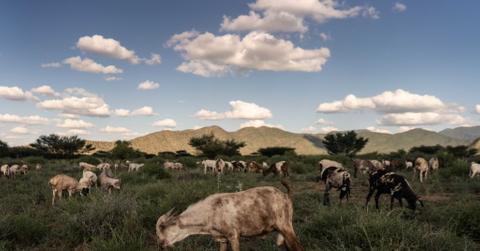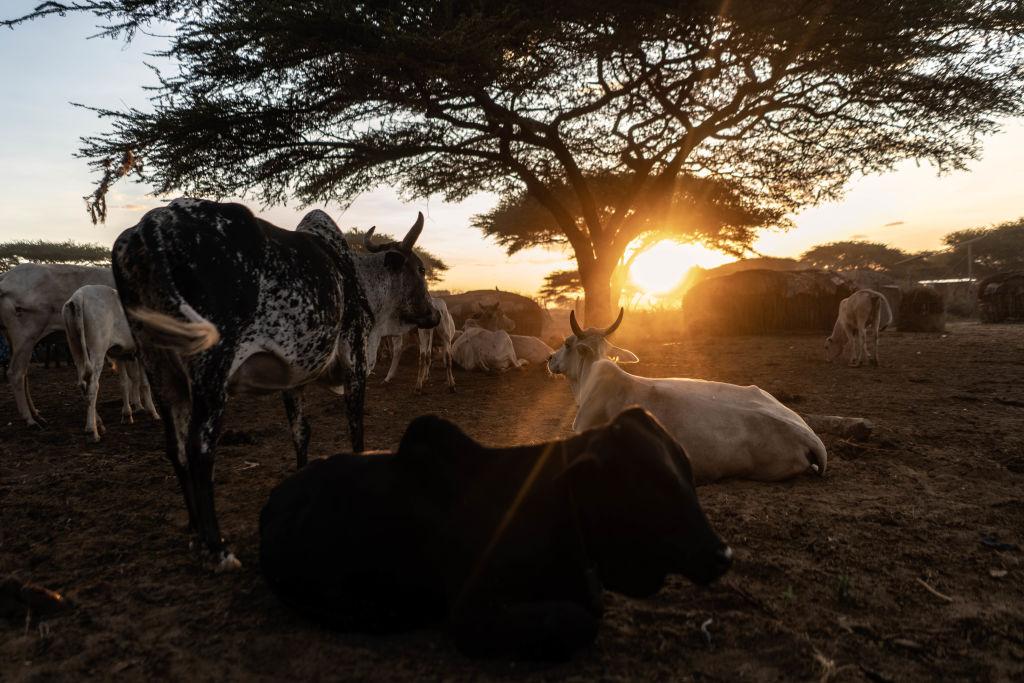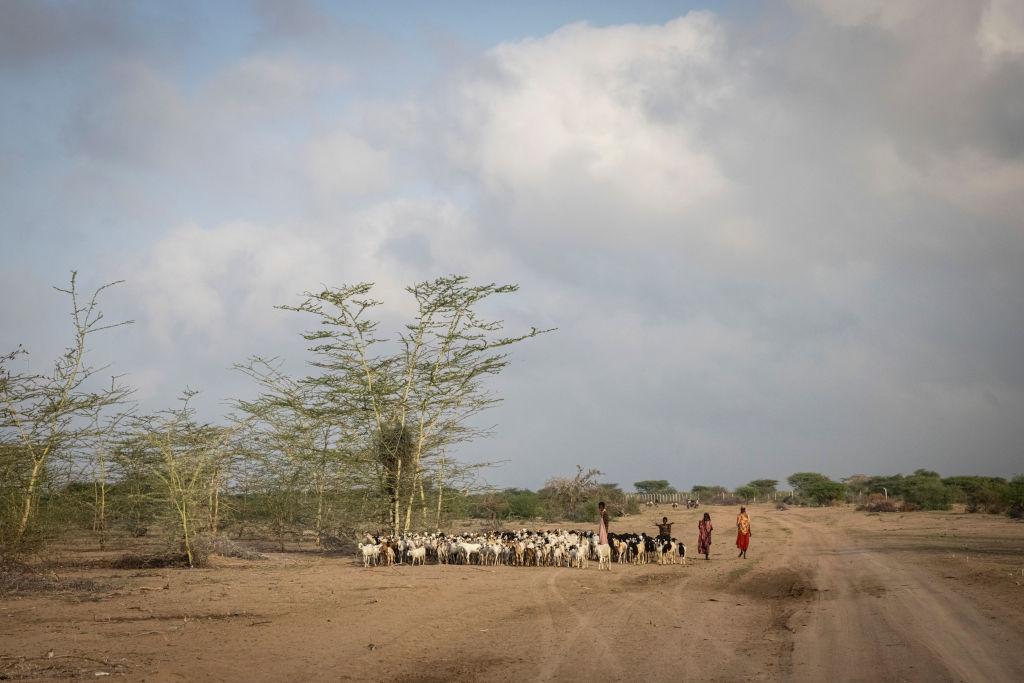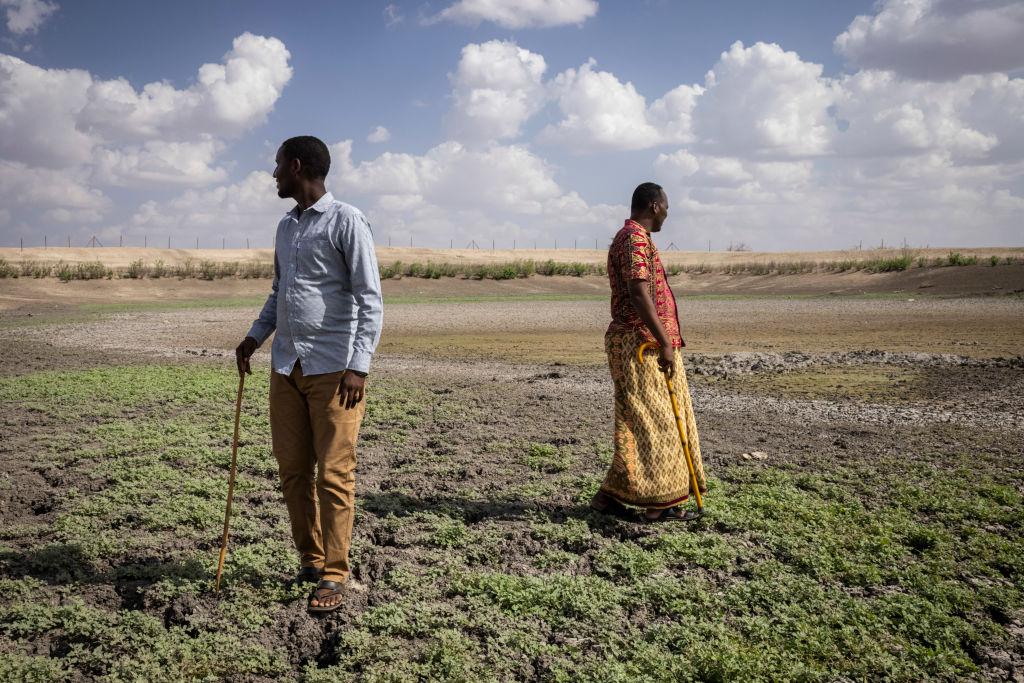What Is Pastoralism? How This Animal Farming Method Impacts the Environment
Published Dec. 12 2022, 4:47 p.m. ET

Agriculture is a tricky subject when it comes to sustainability — there are a lot of different factors that affect how things are done. We know practices that have a negative impact on the environment, but we also know of practices that are environmentally-conscious.
Sustainable agriculture is something that be prioritized in order to fight the climate crisis. So where does pastoralism fall? And what is pastoralism? Keep reading to learn more.
What is pastoralism?

According to an overview by ScienceDirect, pastoralism is a type of farming on a pasture — as opposed to in an indoor or factory farm — that handles livestock, such as cows, goats, chickens, sheep, or camels. These animals are used for food and other material goods for the community, such as leather and wool. While there are a few different versions of pastoralism, raising livestock for meat or fibers not on a factory farm is a general description of the practice.
The different types of pastoralism are nomadic, herding (or seminomadic), and transhumance, as explained by ScienceDirect. Nomadic pastoralism is when people travel with their herds in search of grasslands, whereas seminomadic is when herders move seasonally in search of new pastures. When practicing transhumance pastoralism, the herders still move seasonally but they switch between lowlands and highlands.
Raising livestock isn’t particularly good for the environment. In fact, it can have a lot of negative consequences. Not only is it responsible for about 15 percent of global emissions, but it also utilizes 70 percent of agricultural land, which can lead to water pollution, deforestation, and biodiversity loss, according to the University of Colorado. That's because many resources go into raising livestock, and animal farms and slaughterhouses produce immense emissions.
The university sums up the impact of the animal industry as such: “Ending our meat and dairy production could pause the growth of greenhouse gas emissions for 30 years.” That’s a pretty powerful statement.
Even though we know that the livestock industry is bad for the environment, that doesn’t change the fact that many communities still heavily rely on pastoralism for their livelihoods. It also doesn’t mean that this traditional farming method partakes in the same unsustainable practices as these big industries.
Pastoralism examples:

There are a lot of different pastoralist communities around the world. These communities use this farming practice as a way to meet their needs. While we might think of raising livestock as a huge production that takes a lot of resources, pastoralism usually has a lower input than factory farming, ScienceDirect explains.
According to the Food and Agriculture Organization (FAO), over 200 million people in 100 different countries are employed because of pastoralism. Kenya, Iran, and India are just a few examples of countries that practice nomadic pastoralism.
The FAO stated: “Pastoralism is critical to reducing poverty and providing food security in these areas. By working with nature, it champions productivity, sustainability, and animal welfare.”
But isn’t raising livestock bad for animals and the planet? Yes, but that doesn’t change the fact that there’s a growing demand for these products, according to the United Nations Environment Programme.
We know that this growing demand and production will be responsible for future environmental degradation, but some people would like to see more animal farmers implement pastoral practices, to transform the production process and our consumption patterns.
That said, if we converted all the factory farms on Earth to start using pastoralism techniques, it would require far more land use than factory farms — in fact, we may not even have enough room on Earth to do this. It would also still produce comparable greenhouse gas emissions to raising livestock in CAFOs.
If the world’s not ready to give up animal products, some believe that pastoralism is a more sustainable alternative to intensive livestock practices. It's not perfect, but at least research has shown that pastoral landscapes could reach a carbon-neutral balance, according to the FAO.

The FAO further described the role of these landscapes: "Grazing can offset carbon levels by stimulating plant growth, which helps sequester carbon in soil. In pastoral systems, livestock can also be moved to fallow lands and fields to make use of crop residues for feed and to distribute animal manure as fertilizer – recycling nutrients as part of a circular bioeconomy."
That said, rescued and wild animals can graze and rehabilitate land just as well as livestock — and as the world hopefully shifts away from depending on animal agriculture toward a plant-based food system, it would be exciting to see farmers lead the way.